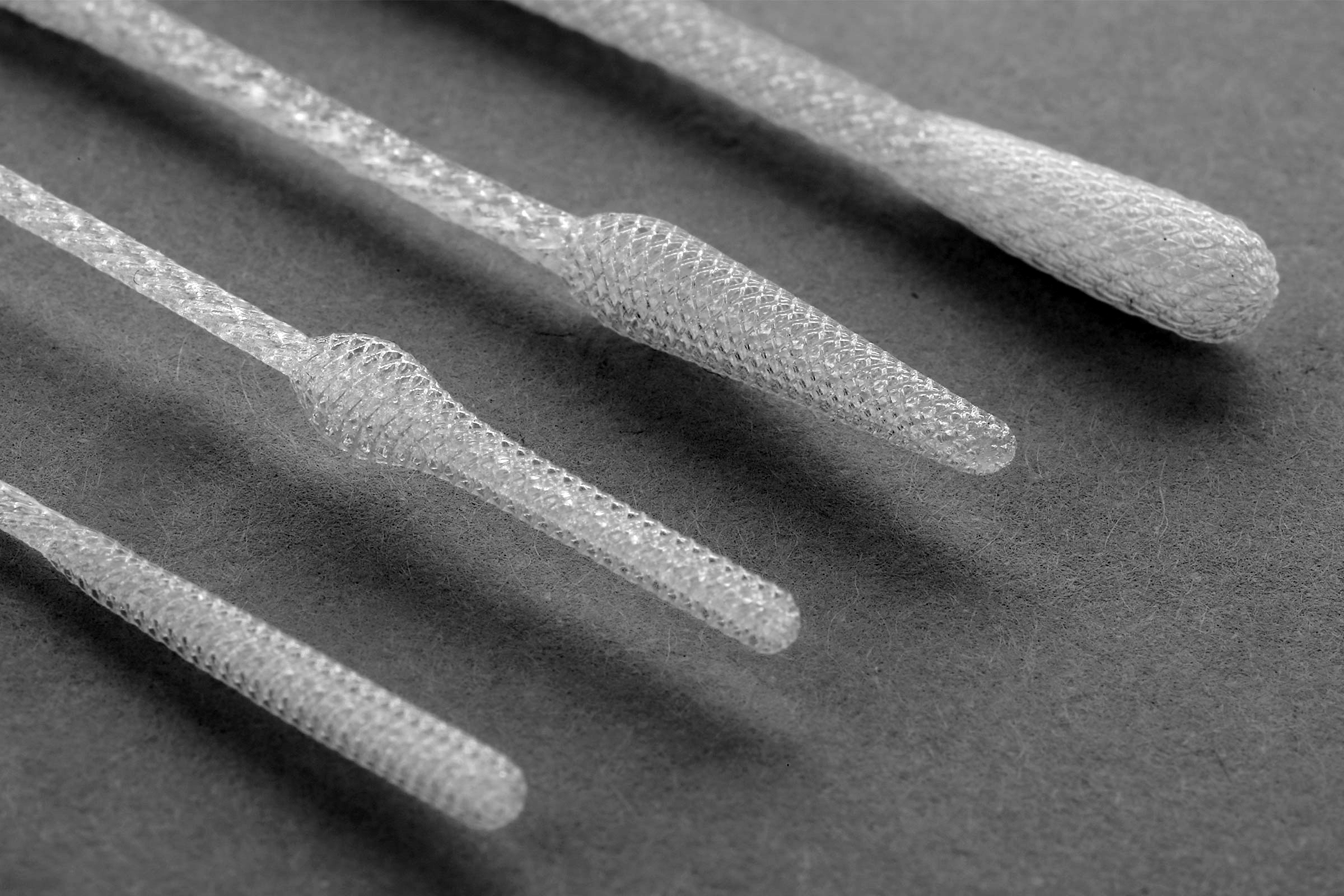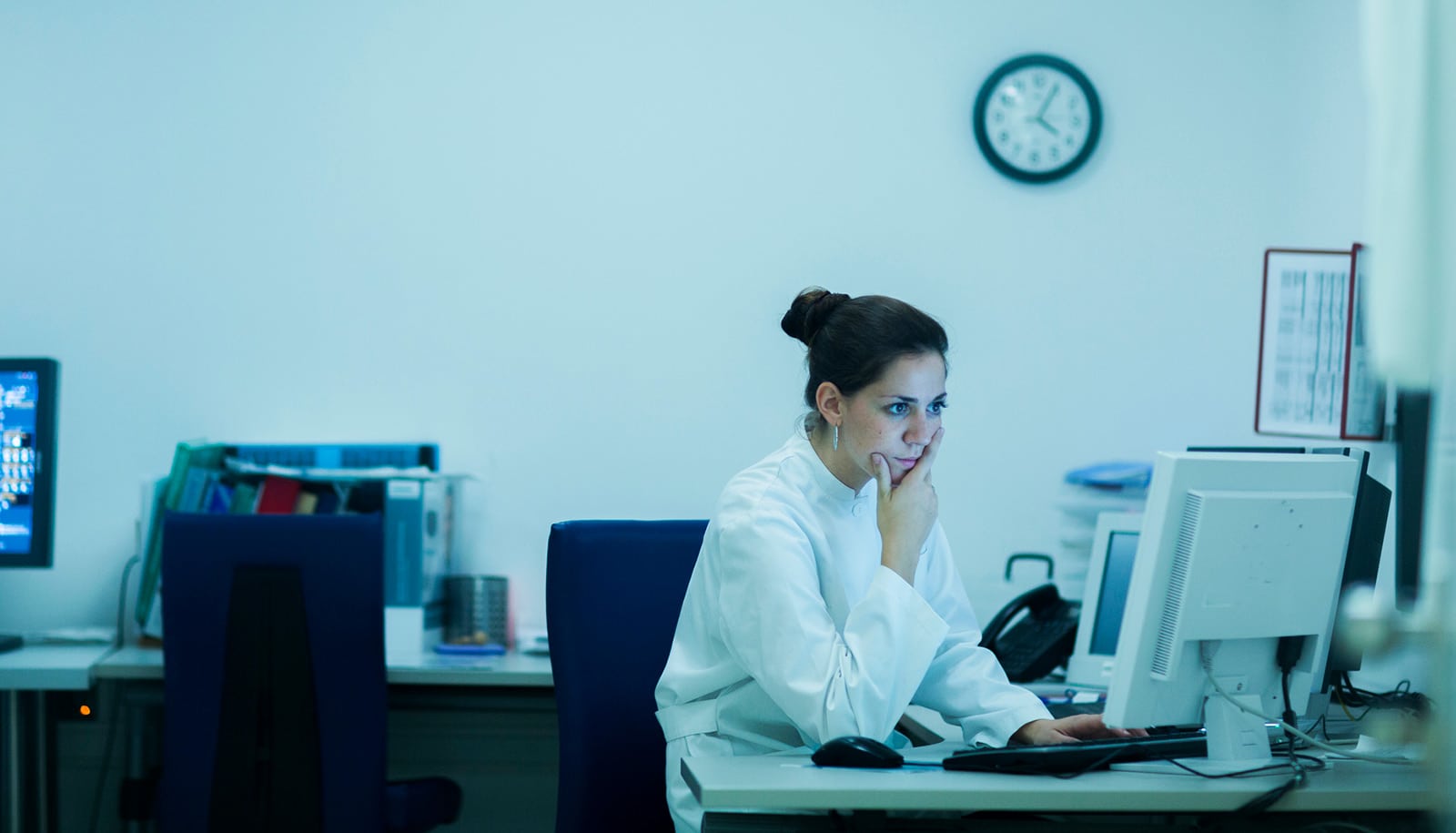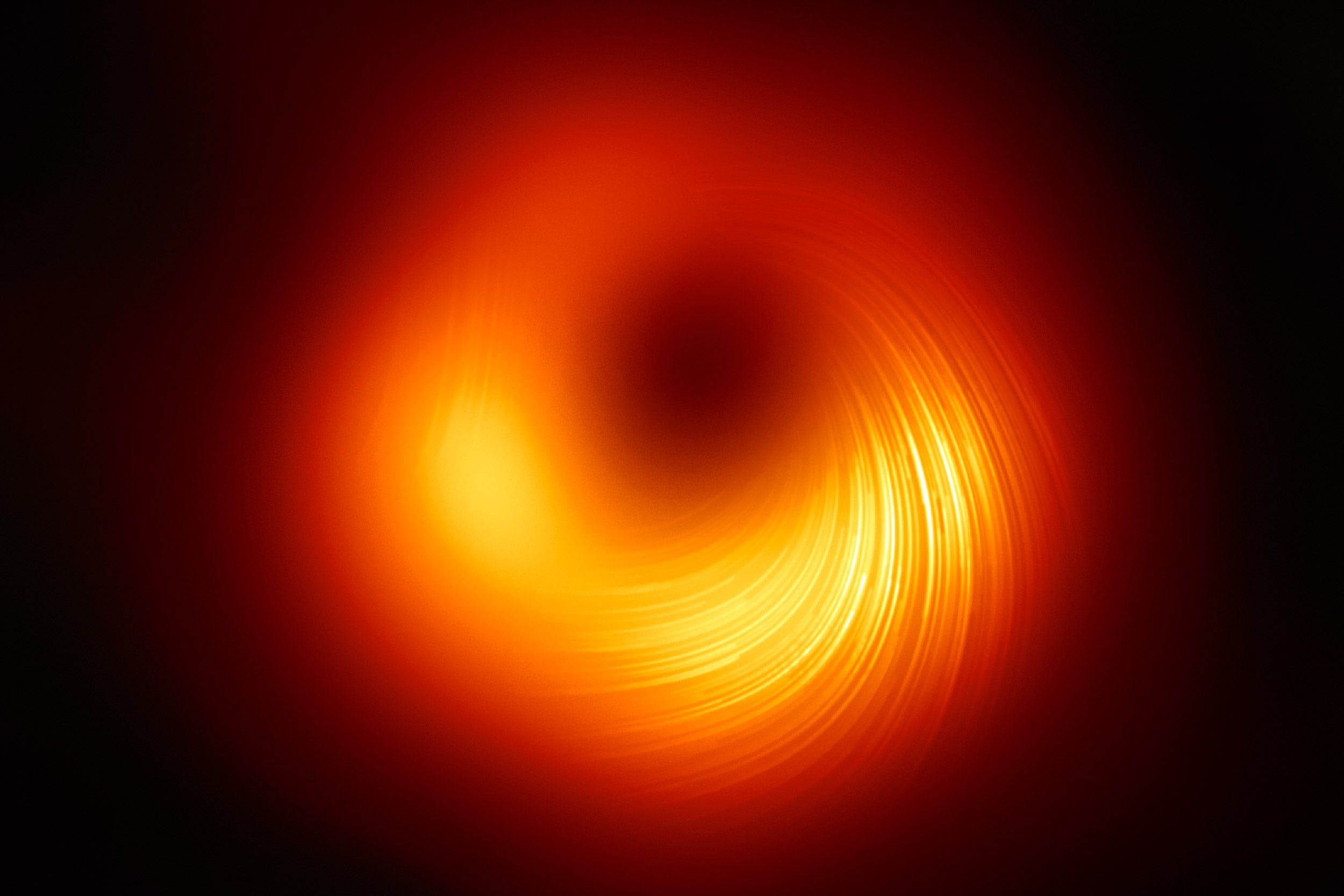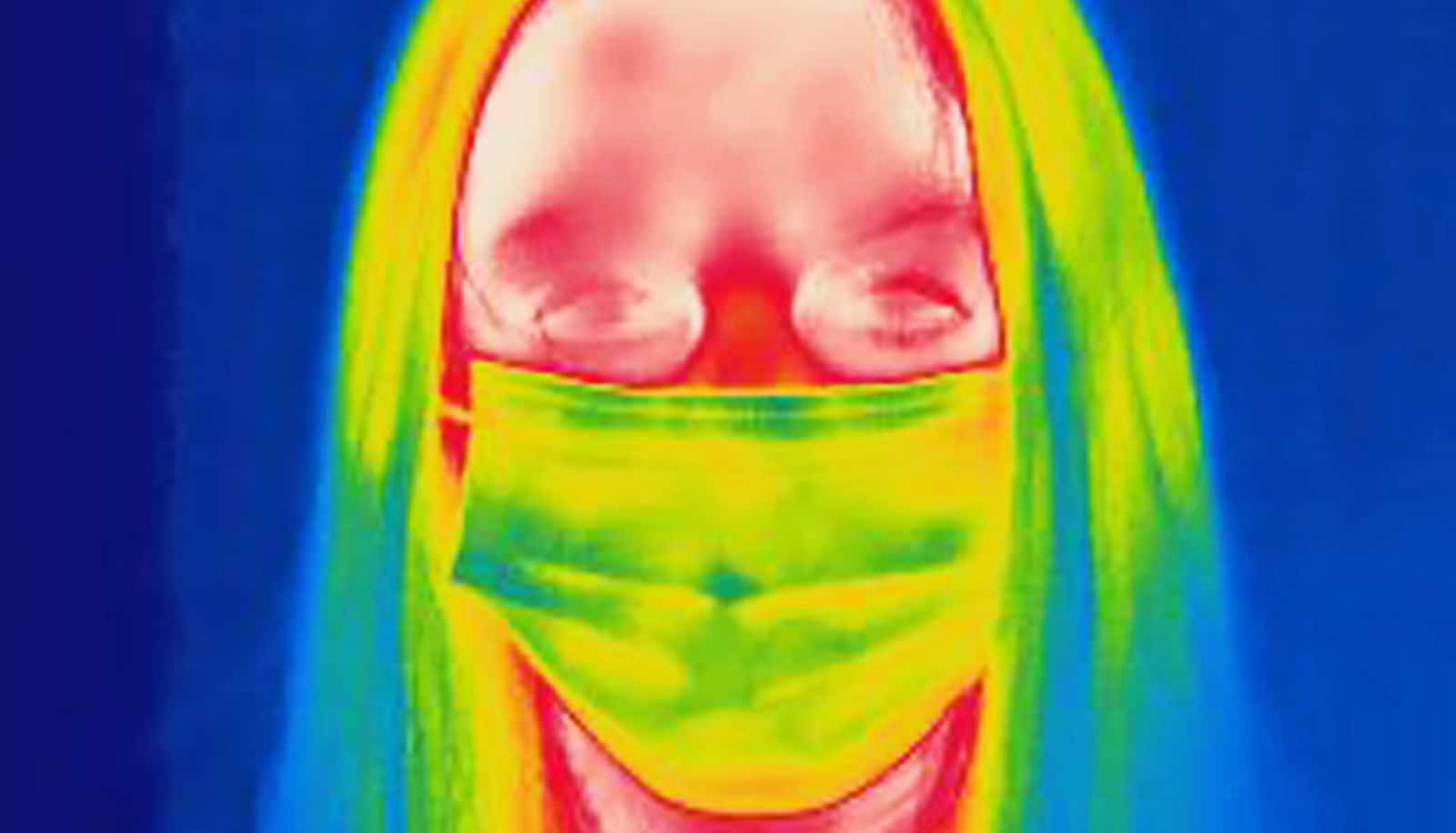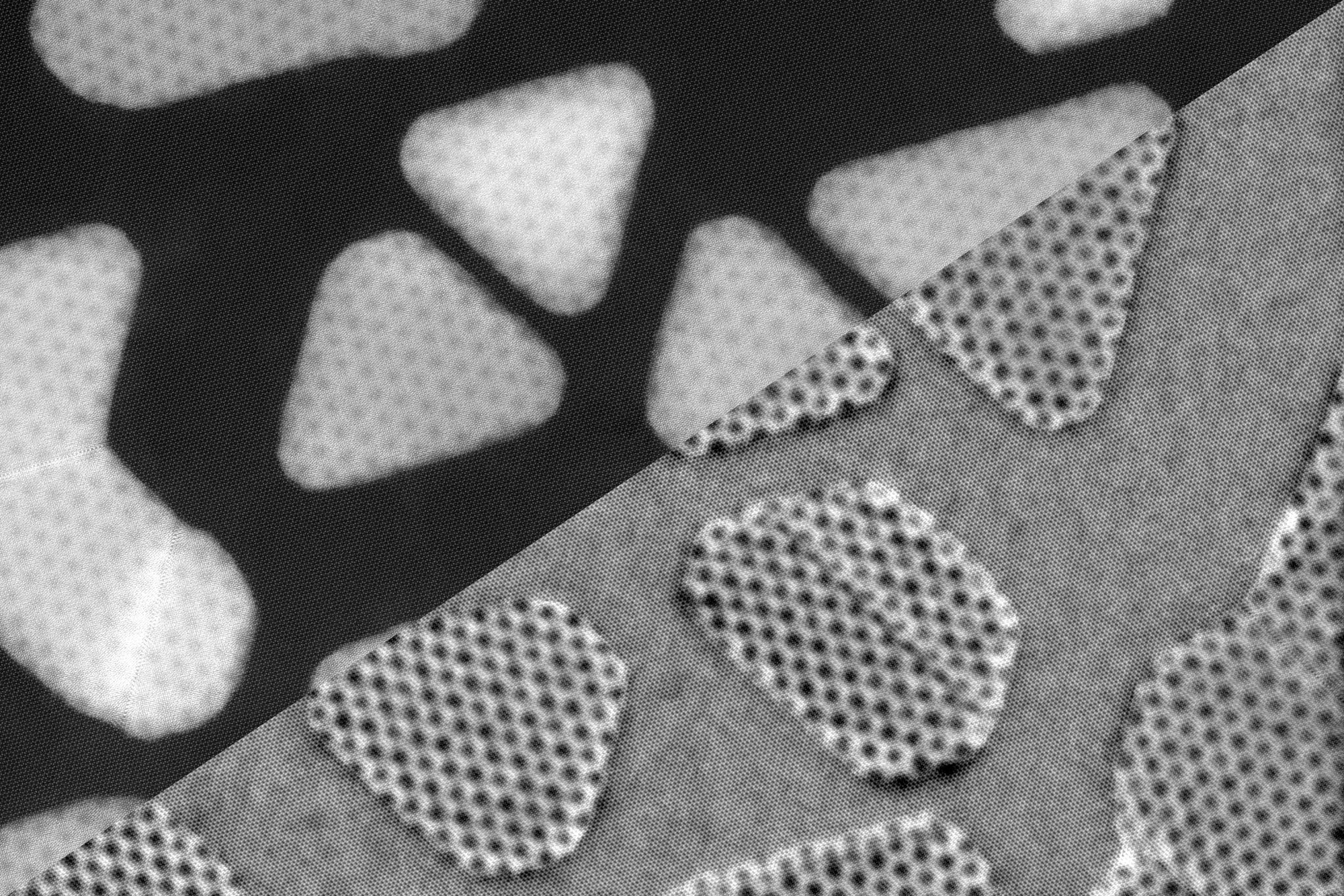Quantum leap: how we discovered a new way to create a hologram
Entangled photons have been used for the first time to encode information in a hologram, which could lead to improved medical diagnosis and speed up the advance of quantum technologies.
Hugo Defienne, Lecturer and Marie Curie Fellow, School of Physics & Astronomy, University of Glasgow •
conversation
Feb. 17, 2021 • ~7 min
Feb. 17, 2021 • ~7 min
/
42

